Author: WildLifeFAQ (Mark Jess)
-
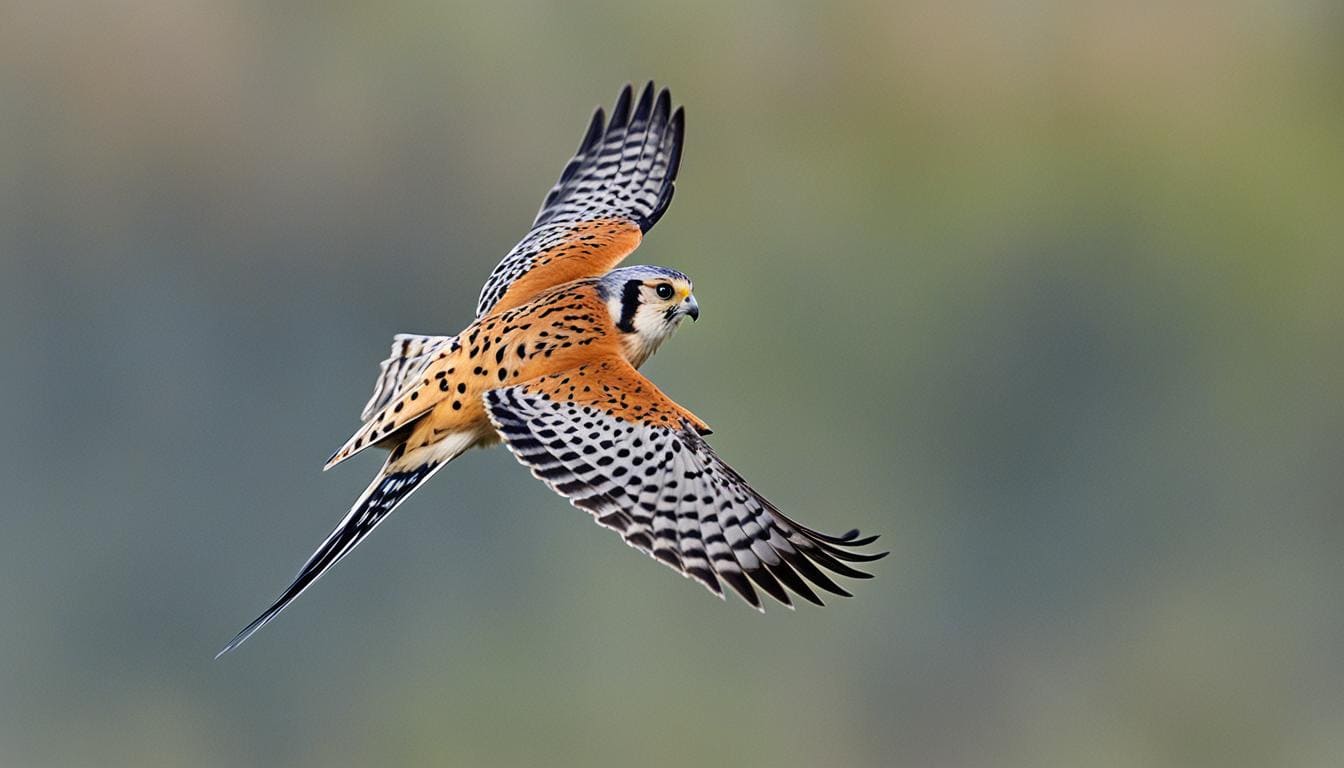
What is the range of the American kestrel?
The American kestrel is the smallest falcon in North America. It shows us interesting behavior in its range and migrations. These birds travel from the cold Alaska snow to the warm Central America. It’s amazing how they find their place in such different environments. American Kestrels up north migrate south when winter nears. But, the
-
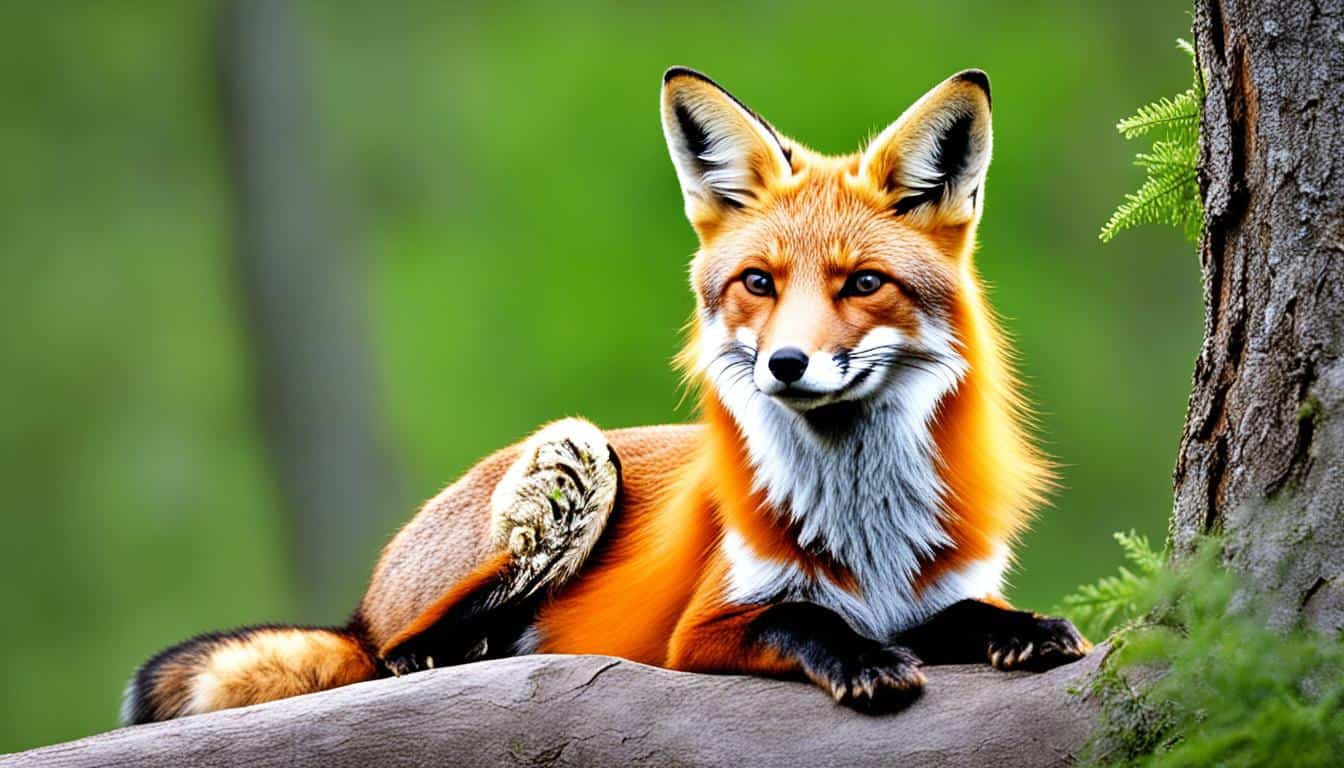
What types of habitats do red foxes prefer?
Have you ever wonder how red foxes survive in different places? They can live everywhere from the low sea to high mountains, up to 3000 meters. Red foxes prefer areas that mix scrub, woods, and farms. In Eurasia and North America, red foxes do well thanks to what humans do. Activities like cutting forests for
-
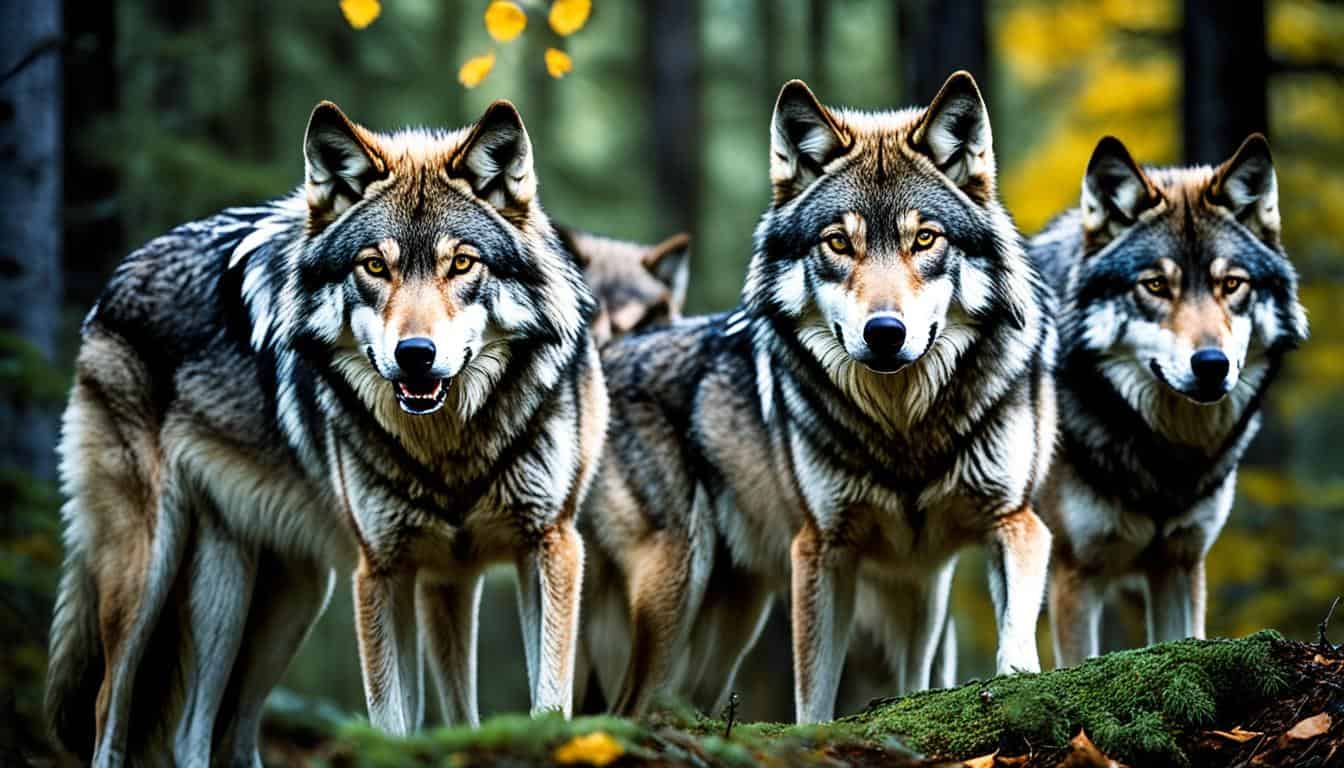
Are there wild wolves in the USA?
Have you ever wondered if wild wolves still live in America’s forests and mountains? Despite hard times from European settlement and hunting, they have made a big comeback. Wolves are key to America’s nature and its native cultures. Different types of American wolves now again live in certain spots, adding to the country’s diverse wildlife.
-
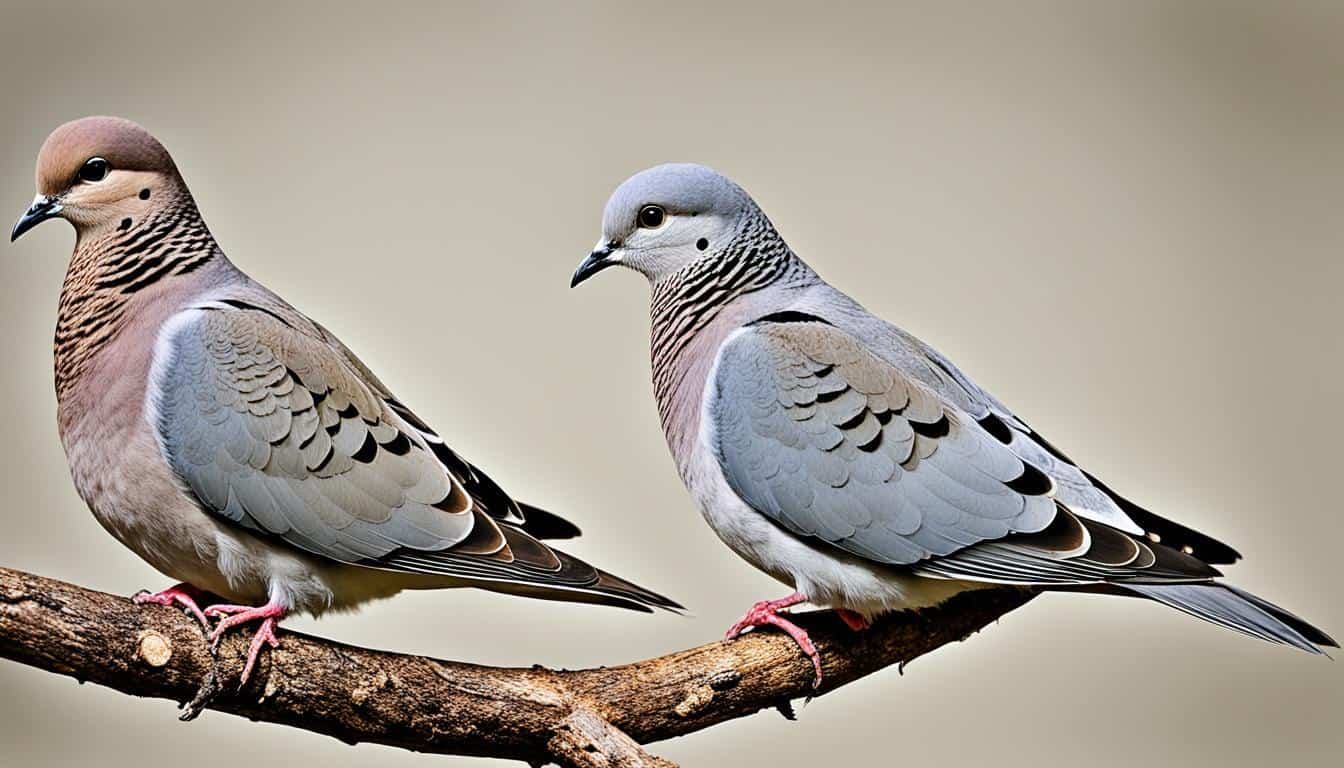
How do you identify different species of doves in the USA?
Ever wondered what makes one dove different from another as you watch them in your backyard? Understanding dove species identification is fun and essential for nature lovers and those working in conservation. The U.S. is home to various North American dove species. Each one is unique, with its own colors, calls, and habits. Knowing them
-
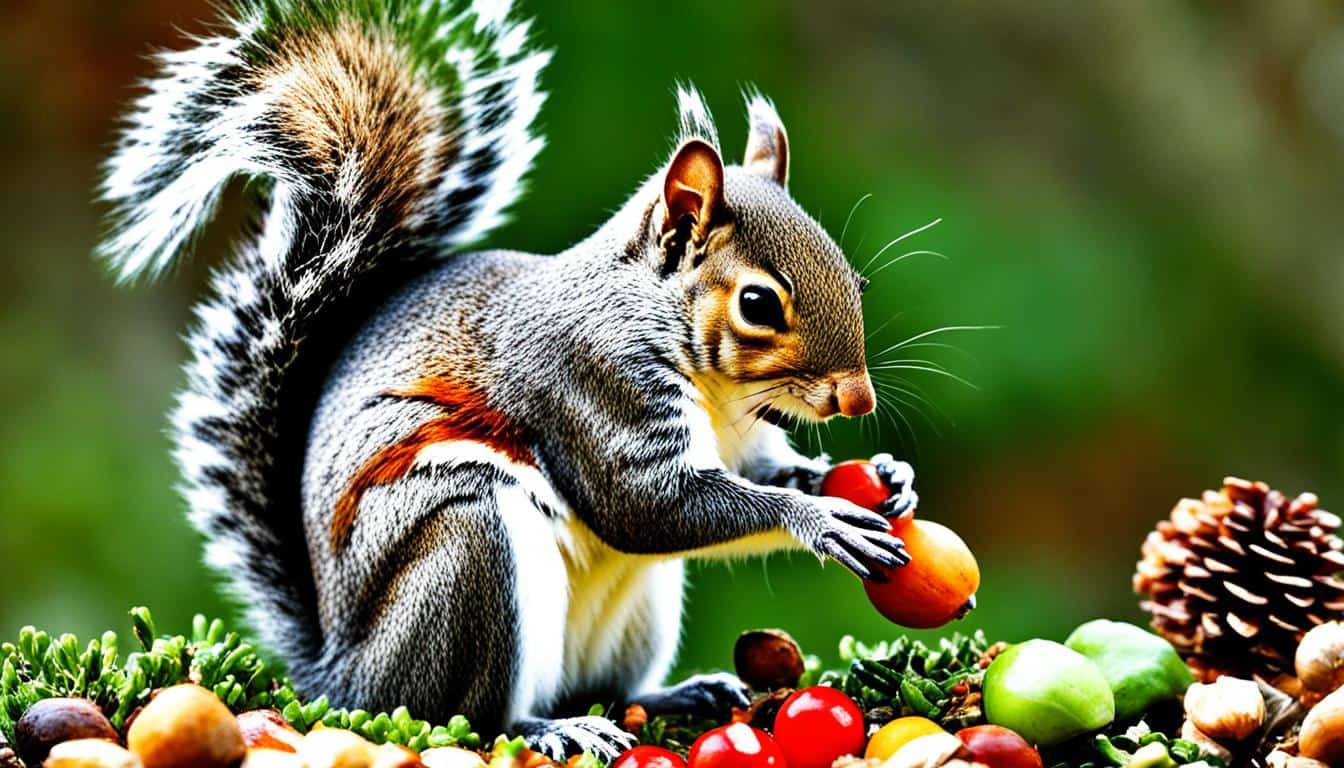
What is the diet of a gray squirrel?
Ever thought about what makes an eastern gray squirrel so lively in the Chesapeake Bay watershed? In Maryland, squirrels enjoy a diet that reflects their quick, active nature. They mostly eat things like nuts, acorns, and fruits. Squirrels also eat frogs, insects, and bird eggs from time to time. They pick up these extra foods
-
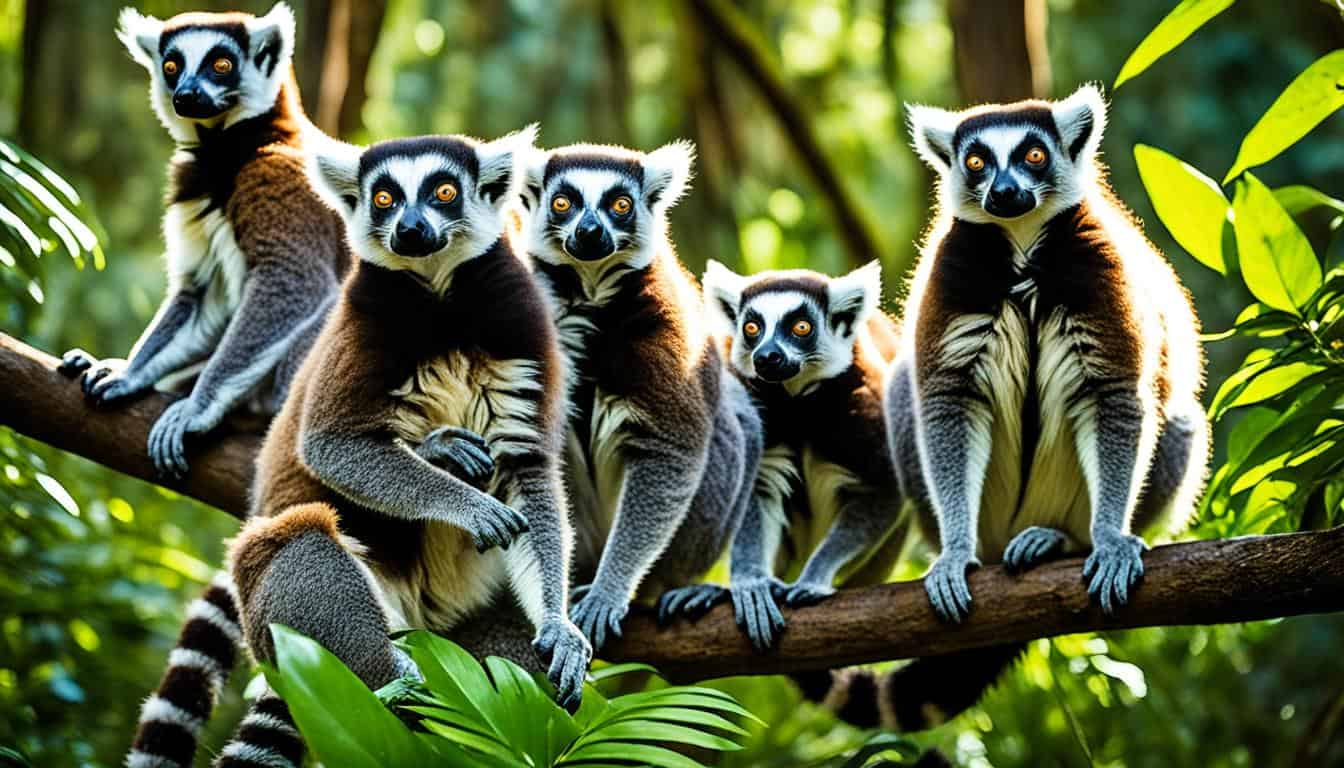
Are there wild lemurs in the USA?
Have you ever thought about wild lemurs in the United States, far from Madagascar? Places like western North Carolina are different from the lemurs’ natural homes. An example is the Duke University Lemur Center. It shows how lemurs can live in large, free places, far from home. At the Duke University Lemur Center, lemurs learn
